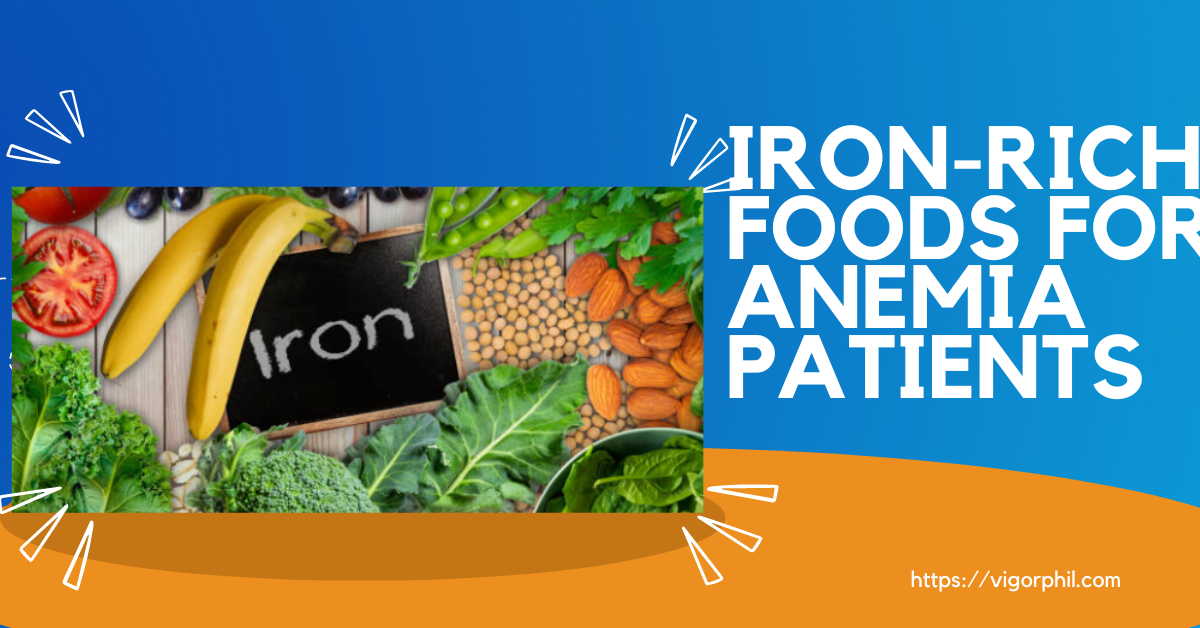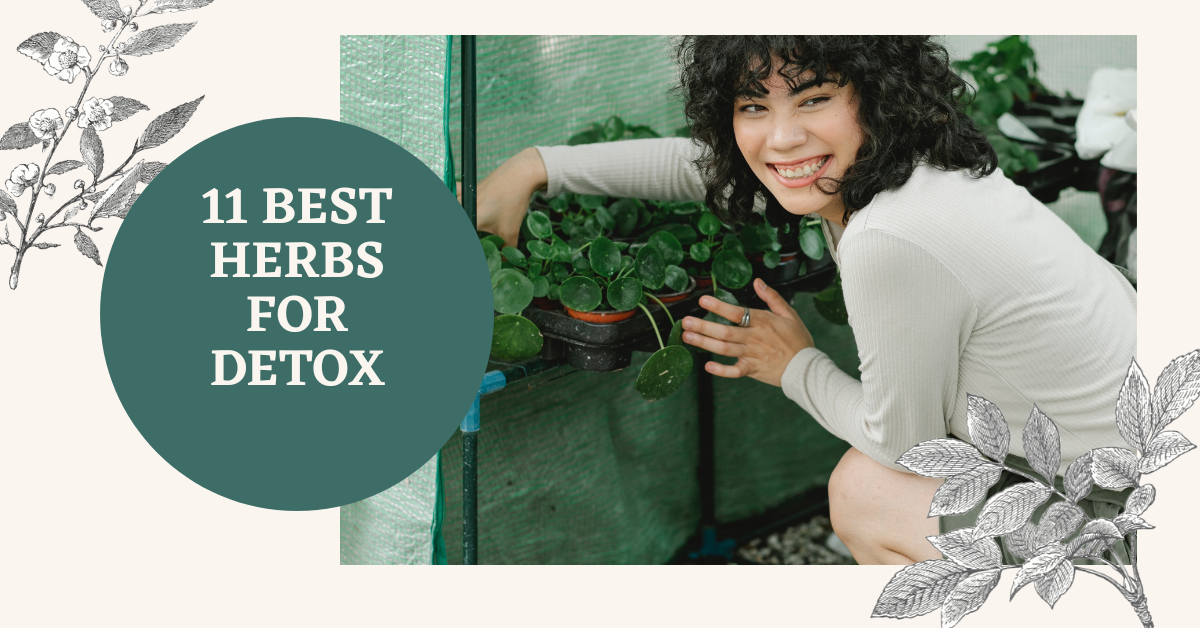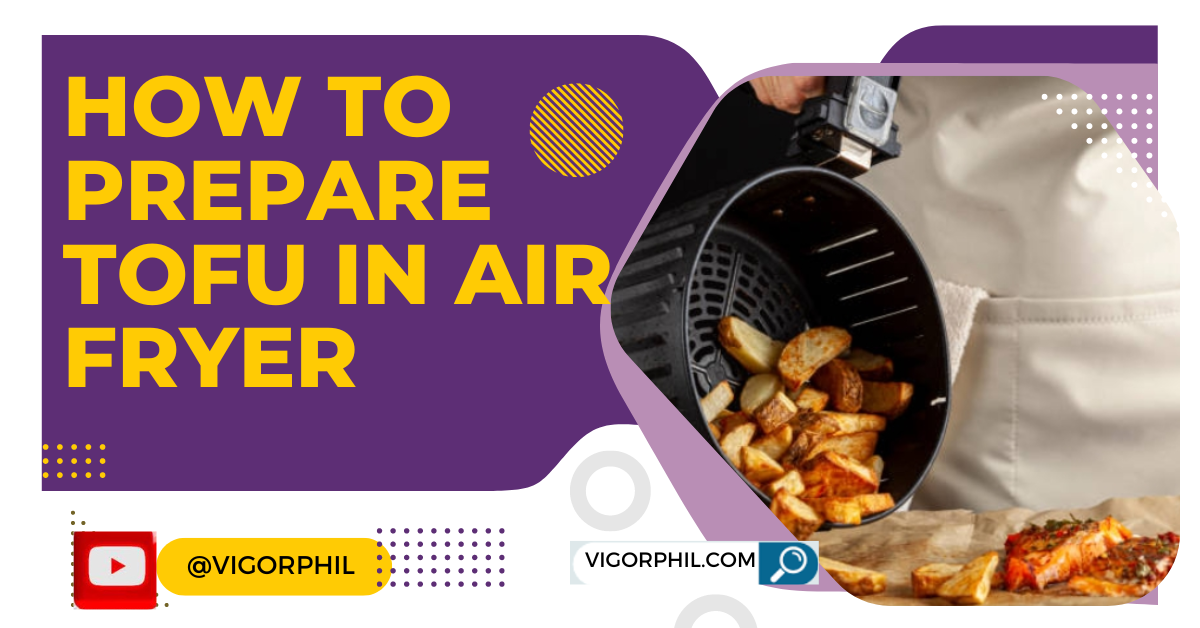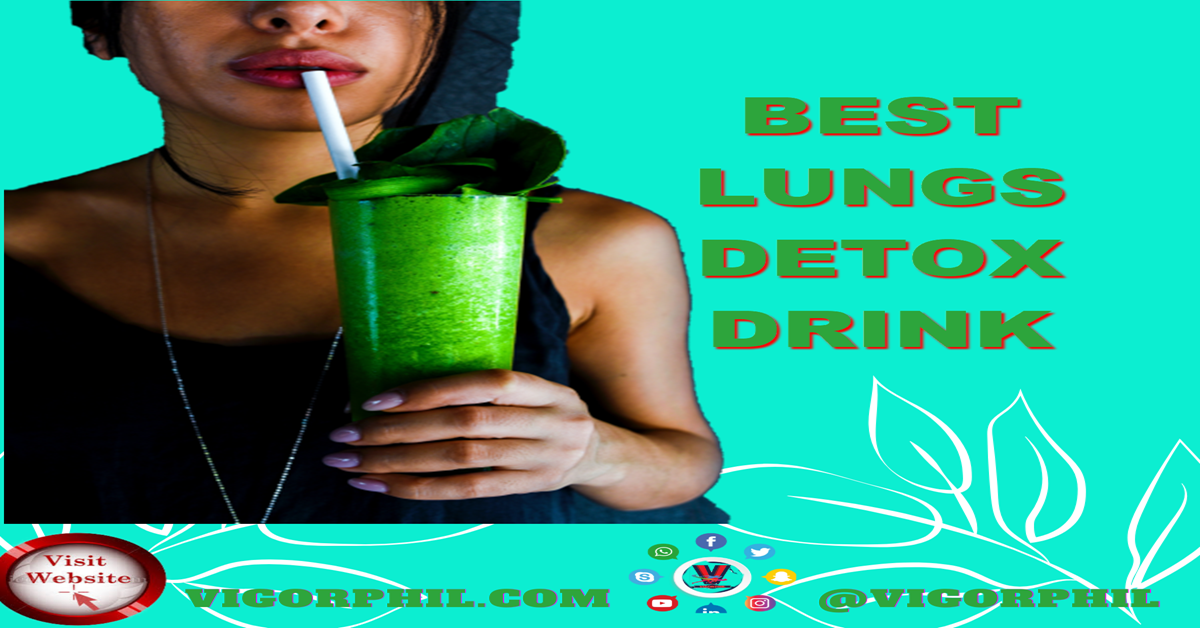Anemia is a medical disorder marked by reduced red blood cells or hemoglobin in the blood. This can cause weariness, weakness, and a reduced capacity to transport oxygen to the body’s tissues. Individuals suffering from anemia should eat a well-balanced and healthy diet, exceptionally one high in iron.
Iron is required to form hemoglobin, the protein in red blood cells that transports oxygen throughout the body. Anemia occurs when the body cannot create enough hemoglobin due to a lack of iron.
This article will highlight the greatest iron-rich foods for those suffering from anemia and recommendations on how to include these foods in a well-balanced and nutritious diet. Anemia patients can help raise their iron levels and enhance their general health by including these items in their diet.
Types of Anemia
There are several different types of anemia, each with its underlying cause. Some of the most common types include:
A. Iron-Deficiency Anemia: This is the most common form of anemia and is caused by a lack of iron in the body. Iron-deficiency anemia can occur as a result of a poor diet, blood loss, or an increased need for iron due to pregnancy or growth.
B. Pernicious Anemia: This type of anemia is caused by a lack of vitamin B12 in the body, which is necessary for the production of red blood cells. Pernicious anemia is often seen in individuals who have difficulty absorbing vitamin B12, such as those with a condition called atrophic gastritis.
C. Sickle Cell Anemia: This type of anemia is an inherited condition that causes red blood cells to take on a sickle shape. These abnormal red blood cells can block blood flow and cause a range of symptoms, including severe pain, fatigue, and organ damage.
It is important for individuals who suffer from anemia to understand the underlying cause of their condition so that they can work with their doctor to develop an appropriate treatment plan, which may include dietary changes and the use of supplements or medications.
Foods Rich in Iron
Eggs
Eggs are a versatile and nutritious food that is also a great source of iron. They are one of the few natural food sources of vitamin D, which helps the body absorb iron more efficiently. A single large egg contains about 0.6 milligrams of iron, which is about 7% of the daily recommended intake for adult men and women.
Eggs can be cooked in a variety of ways, making them a versatile and delicious option for those who suffer from anemia. For example, boiled eggs are a great on-the-go snack, while scrambled eggs make for a quick and easy breakfast. Omelets and frittatas are also delicious options that can be loaded with iron-rich ingredients like spinach, mushrooms, and cheese.
Incorporating eggs into a healthy and balanced diet is an excellent way for individuals with anemia to boost their iron intake and improve their overall health.
Legumes and nuts
Legumes and nuts are other great sources of iron for individuals who suffer from anemia. Legumes, such as beans, lentils, and chickpeas, are a good source of both iron and protein, making them a nutritious and filling food option. A single serving of cooked beans can contain up to 4 milligrams of iron, which is about 50% of the daily recommended intake for adult men and women.
Nuts, such as almonds, cashews, and peanuts, are also a good source of iron and healthy fats, and protein. A handful of almonds contains about 1.5 milligrams of iron, while a serving of cashews provides about 1.3 milligrams. Nuts can be added to a variety of dishes, such as salads, stir-fries, and baked goods, to add flavor, texture, and nutrition.
By incorporating legumes and nuts into their diet, anemia patients can increase their iron intake and improve their overall health. Additionally, combining these iron-rich foods with foods high in vitamin C can help to enhance iron absorption further.
Dark, leafy greens
Dark, leafy greens are a nutritious and delicious food that is also a great source of iron. These greens, such as spinach, kale, and collard greens, are some of the most nutrient-dense foods on the planet and are packed with vitamins, minerals, and antioxidants.
Spinach, for example, is one of the best food sources of iron, with a single cup of cooked spinach providing about 6 milligrams of iron. Kale and collard greens are also good sources of iron, with a single cup of cooked kale providing about 2 milligrams, and a cup of cooked collard greens providing about 1.5 milligrams.
Dark, leafy greens can be added to a variety of dishes, such as smoothies, soups, stews, and stir-fries, to add flavor, nutrition, and iron to the diet. Additionally, these greens can be consumed raw in salads or sandwiches, or they can be sautéed as a side dish.
By incorporating dark, leafy greens into their diet, anemia patients can increase their iron intake and improve their overall health. Additionally, combining these iron-rich foods with foods high in vitamin C can help to enhance iron absorption further.
Fortified grains and cereals
Fortified grains and cereals are other good sources of iron for individuals who suffer from anemia. Many grains and cereals are fortified with iron and other essential vitamins and minerals to improve their nutritional value. For example, some brands of fortified cereal contain as much as 18 milligrams of iron per serving, which is about 200% of the daily recommended intake for adult men and women.
In addition to cereal, other fortified grain products, such as enriched pasta and rice, can also be a good source of iron. These products are made by adding iron and other essential vitamins and minerals to the grain during the refining process.
By incorporating fortified grains and cereals into their diet, anemia patients can increase their iron intake and improve their overall health. Additionally, combining these iron-rich foods with foods high in vitamin C can help to enhance iron absorption further.
It is important to note that while fortified grains and cereals can be a good source of iron, it is also important to include a variety of other iron-rich foods in the diet for optimal health and nutrition.
Combining Iron-Rich Foods with Vitamin C
The Role of Vitamin C in Iron Absorption
Vitamin C plays an important role in the body’s ability to absorb iron, particularly non-heme iron which is found in plant-based foods like vegetables and grains. Vitamin C enhances iron absorption by reducing it to its active form, making it easier for the body to absorb and utilize.
When consumed by non-heme iron, it is bound to plant compounds that can interfere with its absorption. Vitamin C helps to break down these plant compounds and convert the iron into a form that is more easily absorbed by the body. As a result, consuming vitamin C-rich foods along with iron-rich foods can help to increase iron absorption and prevent anemia.
Foods that are high in vitamin C include citrus fruits like oranges, grapefruits, lemons, strawberries, kiwi, bell peppers, and broccoli. To maximize iron absorption, it is recommended to pair iron-rich foods with vitamin C-rich foods or to consume vitamin C supplements along with iron supplements.
In conclusion, vitamin C is an essential nutrient that plays a crucial role in iron absorption and helps prevent anemia. By consuming vitamin C-rich foods along with iron-rich foods, anemia patients can improve their overall health and prevent the onset of anemia.
Food Sources of Vitamin C
Vitamin C is an essential nutrient that plays a crucial role in iron absorption and helps prevent anemia. To ensure that anemia patients are getting enough vitamin C, it is important to incorporate vitamin C-rich foods into their diet.
Some of the best food sources of vitamin C include:
- Citrus fruits: Oranges, grapefruits, lemons, and limes are all high in vitamin C. A single medium-sized orange contains about 70 milligrams of vitamin C, which is about 78% of the daily recommended intake for adult men and women.
- Berries: Strawberries, blackberries, raspberries, and blueberries are all good sources of vitamin C. One cup of strawberries contains about 85 milligrams of vitamin C.
- Kiwi: A single kiwi contains about 64 milligrams of vitamin C, which is about 71% of the daily recommended intake for adult men and women.
- Bell peppers: Bell peppers are one of the best food sources of vitamin C, with a single red bell pepper containing about 190 milligrams of vitamin C.
- Broccoli: A single cup of cooked broccoli contains about 81 milligrams of vitamin C, which is about 90% of the daily recommended intake for adult men and women.
In addition to these foods, there are many other vitamin C-rich foods that can be included in the diet to help prevent anemia and improve overall health. By incorporating these foods into their diet, anemia patients can ensure that they are getting enough vitamin C to support iron absorption and prevent the onset of anemia.
How to Combine Iron-Rich Foods with Vitamin C
To maximize the benefits of both iron and vitamin C, it is important to combine iron-rich foods with vitamin C-rich foods. Here are some tips for combining these foods to improve iron absorption:
- Pair iron-rich foods with vitamin C-rich foods at the same meal. For example, have a spinach salad with oranges, or have a bowl of fortified cereal with strawberries.
- Add a source of vitamin C to iron-rich foods when cooking. For example, add bell peppers to a stir-fry dish with tofu, or cook lentils with chopped tomatoes.
- Use a vitamin C-rich sauce or dressing with iron-rich foods. For example, make a vinaigrette with lemon juice and olive oil to drizzle over a spinach salad, or make a salsa with chopped bell peppers and tomatoes to serve with black beans.
- Take vitamin C supplements along with iron supplements. Talk to a doctor or healthcare provider before starting any new supplements.
By combining iron-rich foods with vitamin C-rich foods, anemia patients can improve iron absorption and prevent the onset of anemia. This combination of foods can also provide other health benefits, such as improved energy levels and overall health.
Conclusion
Anemia is a common condition that affects millions of people, and it is caused by a lack of iron in the body. To prevent anemia and improve overall health, it is important to consume iron-rich foods and ensure that the body is getting enough vitamin C to support iron absorption.
Iron-rich foods include eggs, legumes and nuts, dark leafy greens, and fortified grains and cereals. Vitamin C-rich foods include citrus fruits, berries, kiwi, bell peppers, and broccoli. By combining these foods, anemia patients can improve their iron levels and prevent the onset of anemia.
In conclusion, by consuming iron-rich foods and ensuring that the body is getting enough vitamin C, anemia patients can improve their overall health and prevent the onset of anemia. By following the tips for combining these foods, anemia patients can maximize the benefits of both iron and vitamin C and improve their iron absorption.
Frequently Asked Questions
What is anemia?
Anemia is a condition characterized by a lack of red blood cells or hemoglobin in the blood, leading to fatigue, weakness, and other symptoms.
What causes anemia?
A number of factors, including a lack of iron in the diet, blood loss, and certain medical conditions can cause anemia.
What are the symptoms of anemia?
The symptoms of anemia can include fatigue, weakness, pale skin, shortness of breath, and rapid heartbeat.
What are some iron-rich foods that can help prevent anemia?
Iron-rich foods include eggs, legumes and nuts, dark leafy greens, and fortified grains and cereals.
What is the role of vitamin C in iron absorption?
Vitamin C helps the body absorb iron from plant-based sources, such as legumes and dark leafy greens.
What are some food sources of vitamin C?
Food sources of vitamin C include citrus fruits, berries, kiwi, bell peppers, and broccoli.
Can iron supplements be taken to prevent anemia?
Yes, iron supplements can be taken to prevent anemia, but it is important to speak with a doctor or healthcare provider before starting any new supplements.
How can iron-rich foods be combined with vitamin C to improve iron absorption?
Iron-rich foods can be paired with vitamin C-rich foods at the same meal, cooked with a source of vitamin C, or paired with a vitamin C-rich sauce or dressing.
Is it necessary to take vitamin C supplements along with iron supplements?
It may be beneficial to take vitamin C supplements along with iron supplements to improve iron absorption, but it is important to speak with a doctor or healthcare provider before starting any new supplements.
How can anemia patients improve their overall health by consuming iron-rich foods and vitamin C-rich foods?
By consuming iron-rich foods and ensuring that the body is getting enough vitamin C, anemia patients can improve their overall health and prevent the onset of anemia. This combination of foods can also provide other health benefits, such as improved energy levels and better overall health.
References
- World Health Organization. (2021). Iron and folate deficiency anaemia. Retrieved from https://www.who.int/nutrition/topics/ida/en/
- National Institute of Diabetes and Digestive and Kidney Diseases. (2021). Iron-Deficiency Anemia. Retrieved from https://www.niddk.nih.gov/health-information/iron-deficiency-anemia
- Office of Dietary Supplements – National Institutes of Health. (2021). Vitamin C. Retrieved from https://ods.od.nih.gov/factsheets/VitaminC-Consumer/
- MedlinePlus. (2021). Iron in Diet. Retrieved from https://medlineplus.gov/ency/article/002414.htm
- MedlinePlus. (2021). Vitamin C. Retrieved from https://medlineplus.gov/ency/article/002404.htm











